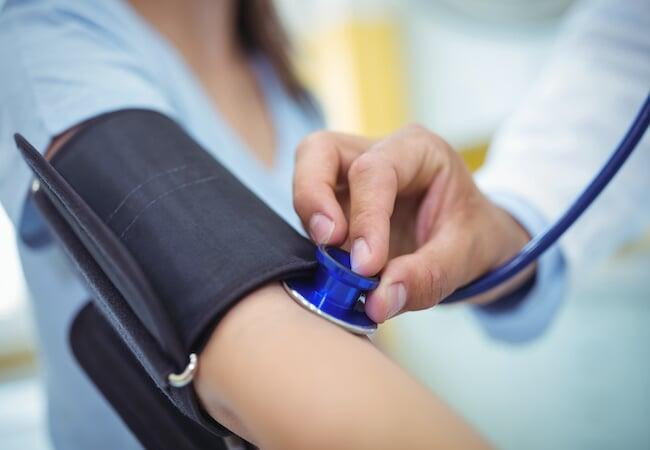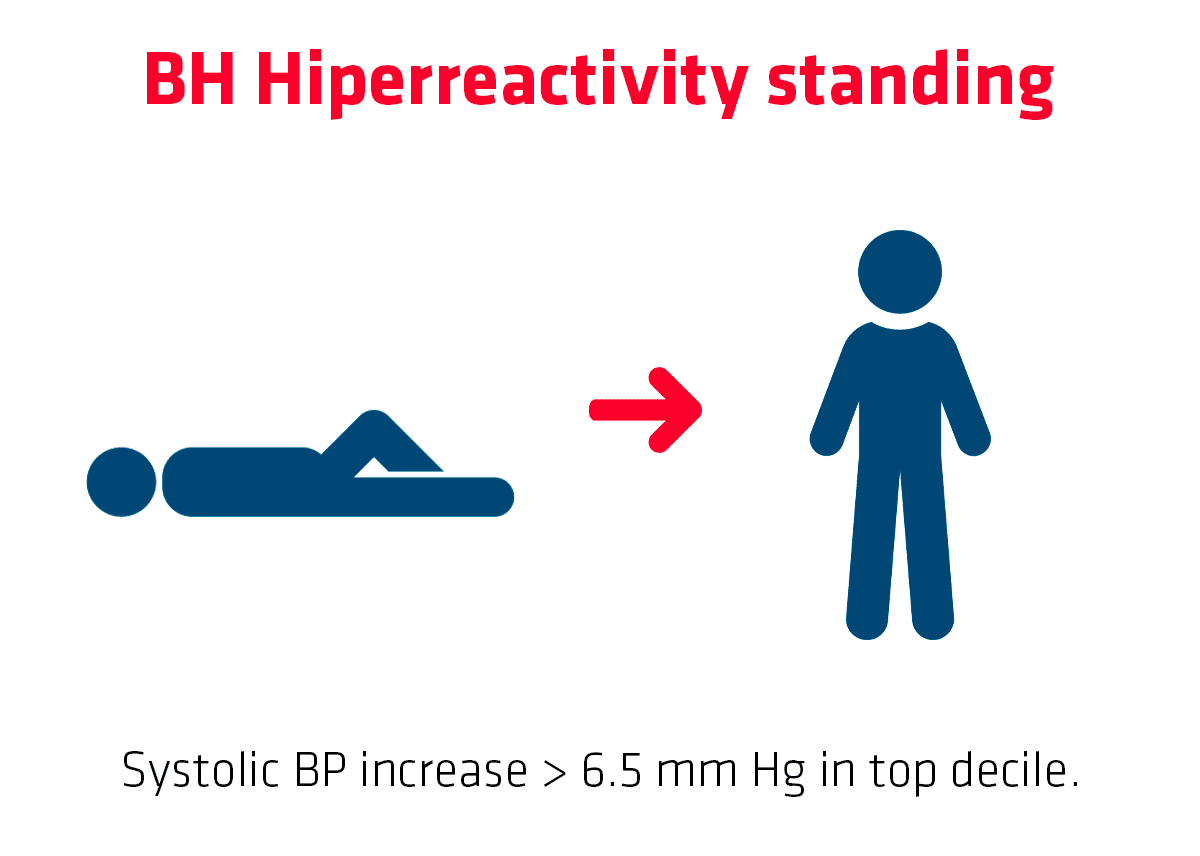When standing the blood travels under the heart, so there is a decrease in venous return. That causes the heartbeat to decrease and, therefore, the blood pressure falls. This sympathetic failure detonates the defensive mechanism of the organism, which is why postural hypotension (orthostatic hypotension) occurs, which can trigger syncope. But what if the opposite happens, that is to say, if blood pressure rises when standing?
That's what investigators Paolo Palatini, Lucio Mos, Francesca Saladini and Marcello Rattazzi try to answer in the study "Blood Pressure Hyperreactivity to Standing: a Predictor of Adverse Outcome in Young Hypertensive Patients".
Hypertension in young patients
Hypertension in young patients
According to the authors of that study, blood pressure hyperreactivity when standing is a controversial topic. However, they focused on trying to establish whether there is a relationship between blood pressure overreaction when standing and major cardiovascular and renal events in subjects with stage I hypertension.
The study
The study
To carry out this research, 1207 patients with stage 1 hypertension, who had not received treatment, were studied; the age range was 33.1± 8.6 years. The researchers found or following:
- The orthostatic change of blood pressure was calculated as the difference between 6 reading of BP when standing, and 6 in supine position, in two different visits.
- Hyperreactivity when standing was defined as the top decile of the difference in systolic BP in the supine and standing position.
- The difference between all patients who participated the study was −2.5±7.3/4.6±5.4 mm Hg.
- In hypertension evaluated with 24-hour ambulatory monitoring, it was more common to find hyperreactors than normoreactors (90.8% vs. 76.4%, P=0.001).
- The authors chose 630 participants to take 24-hour urine samples to measure their catecholamine levels. They found that epinephrine/creatinine levels were higher in hyperreactors (118.4±185.6 versus 77.0±90.1 nmol/mol, P="0.005).
Conclusions
The researchers followed the people who participated in the study for 17.2 years. They found the following:
- In that period of time, 105 cardiovascular and renal adverse events occurred.
- The multivariate Cox model showed that hyperreactivity when standing was an independent predictor of major cardiovascular and renal adverse events, with a hazard ratio of 1.97 (95% CI, 1.10–3.52).
- Data on BP and incidental hypertension during the follow-up stage were included later in the Cox model. Hyperreactivity was observed to remain an independent predictor of adverse events, with a hazard ratio of 1.94 [95% CI, 1.10–3.44]).
The data obtained suggest that an exaggerated systolic response when standing up in hypertensive patients in young-middle life stages is related to sympatho-adrenergic hyperreactivity, which is an independent predictor of major cardiovascular and renal adverse events.
Therefore, assessing orthostatic blood pressure can be a great tool, because this simple test can help obtain valuable information to predict major problems.




